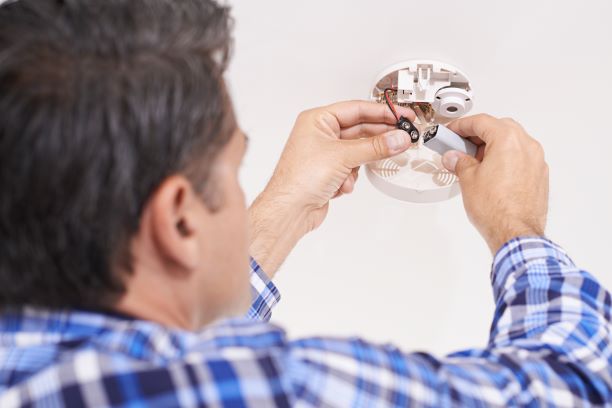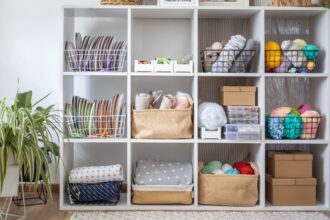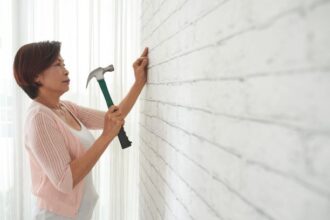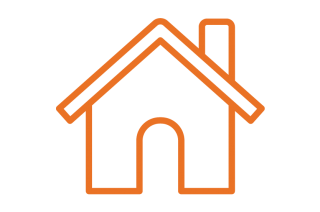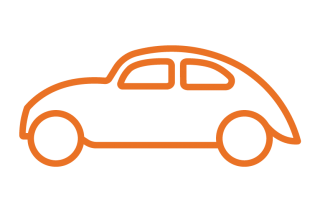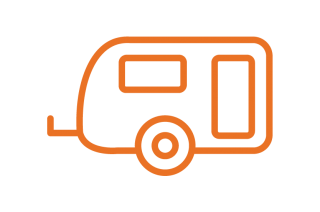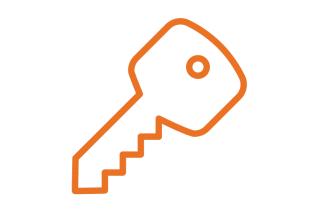Winter safety at home
Some items used around the home in winter may become a hazard if not used properly or checked regularly. Electric blankets and heaters may cause burns or other injuries, while other faulty electrical products that overheat can give electric shocks or even cause a fire. Here are some winter safety tips for you to do around the home to help prevent these events occurring.
Smoke alarms
Across Australia each year, more than 50 people die from house fires with many more left injured. Most of these homes do not have working smoke alarms. A working smoke alarm reduces your chance of dying in a house fire by half.
When asleep you lose your sense of smell, and a working smoke alarm will provide you with the early warning alarm and time to escape. To ensure your smoke alarms are working do the following:
- Do monthly tests on your smoke alarms
- Make sure you replace the alarm battery every year
- Make sure to replace your smoke alarm every 10 years and when moving house check the smoke alarm date of manufacture, displayed on the alarm, and change if necessary.
Heaters
Heaters need to be checked every year, no matter their age. Make sure there are no exposed wires or loose connections on the cords. Only use one heating appliance per power point and switch it off at the power point when not in use.
Gas heaters must be vented adequately. The carbon monoxide produced by gas heaters is odourless, colourless and deadly. Therefore, it is very important to have your gas heaters serviced regularly by a qualified tradesperson, this will ensure that there are no carbon monoxide leaks.
There are some signs that may indicate that there is something wrong with a gas heater, including a difficulty with ignition, yellow flames, unusual smells or noisy or inoperable fans.
If you have an unflued gas heater, the toxic gases can be released directly into the home. You should never use an unflued gas heater in a bedroom, bathroom or small room without permanent ventilation.
Here are some extra heater use safety tips:
- Heaters should always be on a flat and level surface
- Never use an outdoor gas heater or BBQ inside your home, these are for outdoor use only
- Keep heaters clear from flammable items. Such as curtains, bedding, furniture and clothes. A minimum of one-metre clearance is recommended
- Don’t put your portable heaters in places where people or pets could easily knock them over and always watch children and pets around heaters when they are in use.
Electric Blankets
According to the ACCC an estimated 400,000 electric blankets have been deemed unsafe, since 2010. Faulty electric blankets can overheat, cause an electric shock, spark and potentially cause a fire. Therefore, it should be checked before use each year. Check for frayed cords and fabric, exposed elements, damaged cords or scorch marks. If you find any of this damage, you need to dispose of the electric blanket immediately.
Here are some extra electric blanket safety tips:
- Never sleep with your electric blanket on. Use it to warm the bed and then turn it off
- Don’t put heavy items on your bed while the electric blanket is turned on
- Seek professional advice on using an electric blanket if you have diabetes or are pregnant
- Always roll your blanket up to store as folding it can damage the element wires inside the blanket. When you take it out of storage and use it for the first time, lay it flat on the bed and check for hot spots as it warms up.
Hot water bottles and heat packs
Although not electrical or toxic gas producing, the use of hot water bottles and heat packs should always be done with care to avoid burns and fires:
- Use warm water, not boiling water to fill your hot water bottle
- Check your hot water bottle for leaks before use
- Dispose of your hot water bottles at the first signs of cracking, wear or every two years, as the rubber can perish from the inside out
- Always wrap your hot water bottles in a towel or fabric to avoid burns that can occur if placed directly on the skin
- Never heat and place your heat pack on or in bedding unattended
- To avoid burns, make sure not to overheat your heat packs, always follow the manufacturers instructions
- Only reheat when the heat pack has cooled completely
- Very old hot packs must be disposed of, the filling can dry out and become combustible
Mould
Increased rainfall, colder temperatures and heating units can all cause condensation within the home that can lead to the growth of mould in the home. Mould and dampness in the home can cause health problems. It can trigger nasal congestion, sneezing, cough, wheeze, respiratory infections and worsen asthma and allergic conditions. So it is important to remove mould and keep the affected areas ventilated to avoid regrowth.
Tips on controlling mould in the home:
- Regularly (every day if possible) open windows and doors to ventilate your home and minimise mould growth
- Clean up mould as soon as you notice it and remove any items that have mould growth from inside the home
- Clean mould off hard surfaces with soapy water. Make sure to scrub the mould affected areas as the movement of scrubbing is the most important part in removing mould
- Use exhaust fans or open windows in bathrooms, laundries and kitchens when showering, cooking or using the dishwasher or dryer. Also vent clothes dryers to the outside where possible.
Plan in advance
There are several ways you can plan your winter safety in advance:
- Always have a fire blanket and a first aid kit in the home
- Have a safety exit plan that everyone in the home is aware of
- Regularly check the Recalls Australia website, to make sure your electric blankets or other items aren’t listed
- At the beginning of winter, check all of you winter items, as explained above, and replace as required
- Use a diary or phone calendar to set a time each year to remind you to book in heater services, smoke alarm battery changes etc.
A little bit of planning, extra care and checking can and will go a long way when it comes to winter safety in the home.
Interested in similar articles? Why not check these out:
Ten fall prevention trips for the home
References:
www.productsafety.gov.au/news/well-winter-safety-tips
www.healthdirect.gov.au/winter-health-hazards-at-home
www.cbs.sa.gov.au/campaigns/winter-safety-tips
www.betterhealth.vic.gov.au/health/conditionsandtreatments/mould-and-your-health

